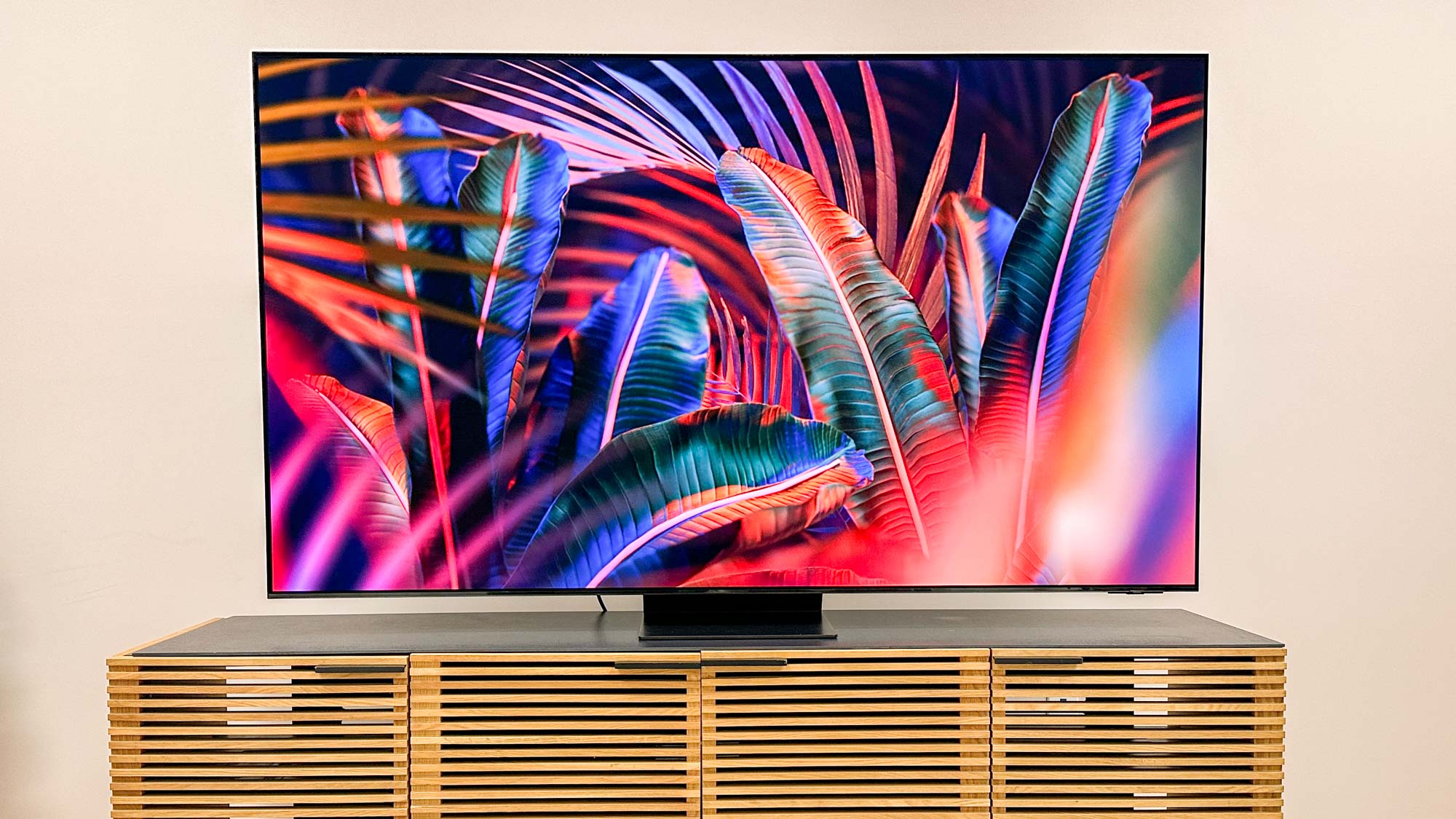
Many of the best TVs are QLED or QD-OLED TVs that use quantum dots to enhance their brightness and color saturation, and it feels like you can't look at a selection of TVs on the wall at Best Buy without seeing over a dozen QLED TV models. So how did we get here? And what, exactly, are quantum dots?
Now often integrated into the best OLED TVs, quantum dots were first introduced in 2013, but they really started hitting the mainstream in 2015, and since then have been used in all different kinds of TVs and displays.
Since then, they’ve been popularized by Samsung in its 2023 and 2024 ranges, like the Samsung QN90C Neo from last year and the Samsung S95D from 2024, as well as by other manufacturers like TCL, Hisense, LG and even Sony.
But the term “quantum dot” really gives no clue as to what the technology actually is — and why you would care if your TV has it. Curious about quantum dots and how they could make your next TV look a whole lot better? Here’s what you need to know.
What are quantum dots?
Quantum dots are a type of particle that are chemically produced and stored on a sheet called a film. That film is placed in between the screen and the backlight, and has a current that runs through it.
The actual quantum dots on the film are tiny — only measuring from around two to 10 nanometers, and here, size matters. The larger quantum dots — those closer to 10 nanometers — glow red when light is passed through them. Smaller ones, closer to 2 nanometers, glow green when light is passed through them.
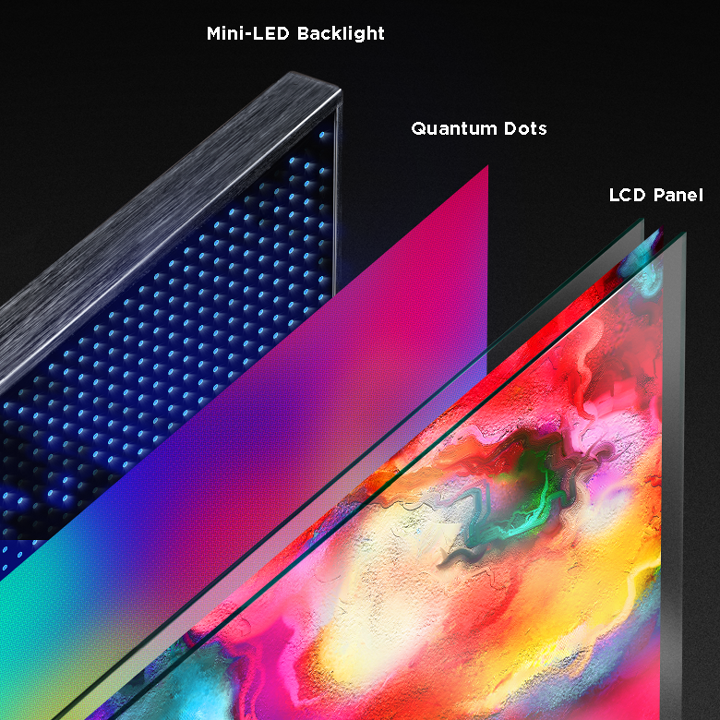
I know what you’re thinking — they only glow red or green? What about blue, the other primary color required to make all the other colors?
Well, while there are blue quantum dots, in a quantum dot TV, the backlight is typically blue. So, blue light is passed through the quantum dots instead of white light, and it’s all mixed together to make the colors you see on the screen.
How do quantum dots make my TV look better?
The key to how quantum dots improve your TVs display lies in what they replace in a traditional LED TV. LED TVs without quantum dots use a diffuser material and color filters to turn white light into the colors you see on a screen.
This works fine, but all those layers, and polarizers, mean that not only are colors not quite as vibrant, but there’s light lost. So, either a TV isn’t as bright, or it has to use more energy and a more powerful backlight to create an image that’s brighter.
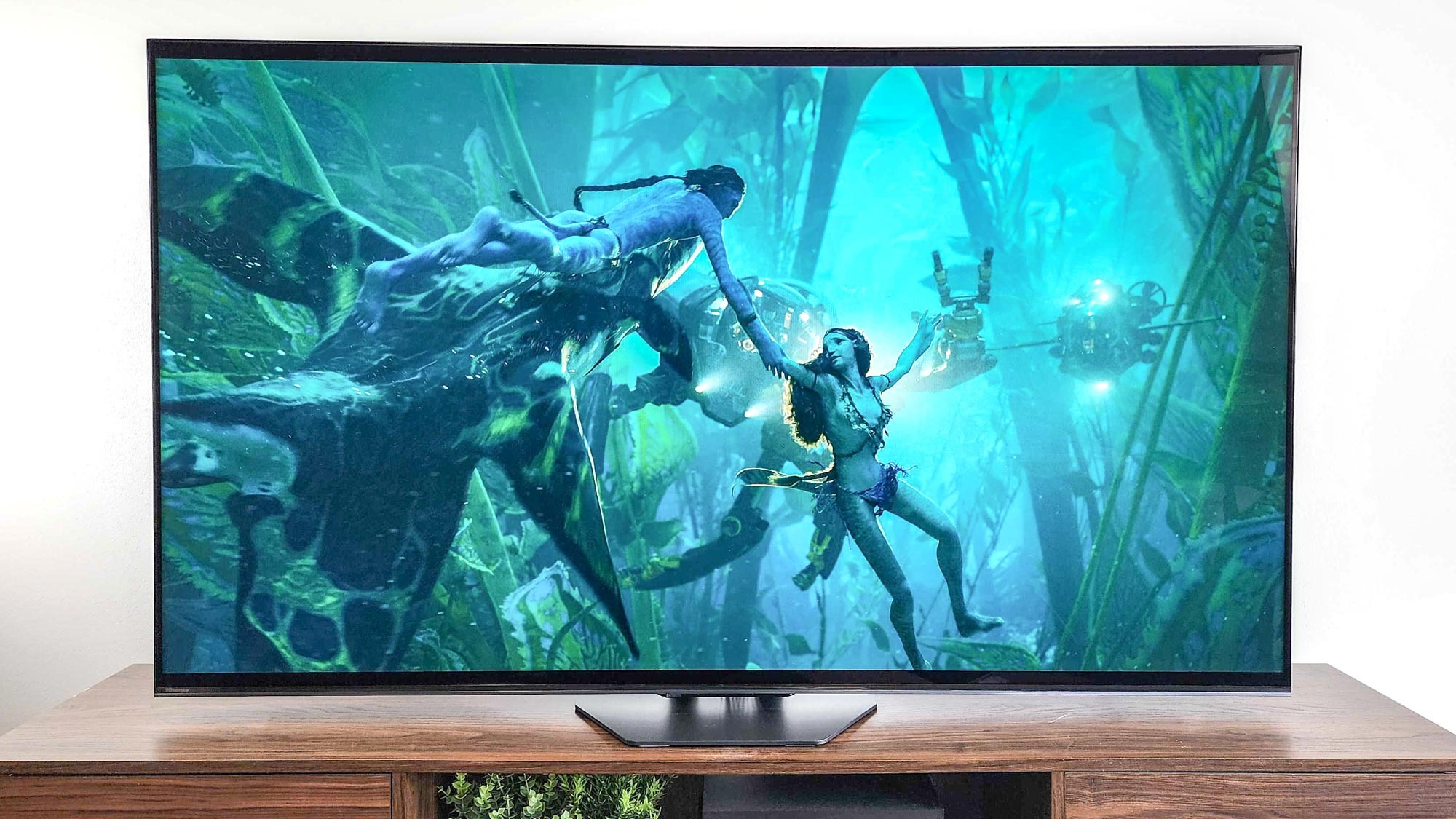
Quantum dots help solve these issues. In a quantum dot TV, the quantum dots are applied to a film, which replaces a color filter — a filter that usually means the loss of at least some of the light provided by the backlight. With a lot less light lost, the image can be a whole lot brighter. Not only that, but quantum dots glow with particularly intense colors — and can provide a wider range of colors than you would get from a traditional color filter. That means that quantum dot TVs can produce more colors, resulting in a more natural image.
The TL;DR: Quantum dots in a TV make for a brighter image that’s made up of more colors, thanks to what they replace in a traditional LED TV.
Where can I see quantum dot technology in action?
You might have noticed a theme so far in how we’ve talked about quantum dots — they related to traditional LED TVs. In fact, until very recently, quantum dot TVs were really just upgraded LED TVs. But these days you can find quantum dots in LED TVs and Mini-LED TVs, as well as OLED TVS.
What's the difference? Traditional LED TVs use a big backlight, and that light passes through filters to produce an image. Newer LED TVs use dozens, hundreds, or even thousands of tiny backlights to get more control of an image — turning down or dimming those individual backlights in a dark scene to create deeper black levels.
This, of course, has little to do with quantum dots, but this backlighting tech has been used in conjunction with quantum dot tech to create a better image overall (see the Hisense U8K, Tom's Guide's current pick for the best TV).
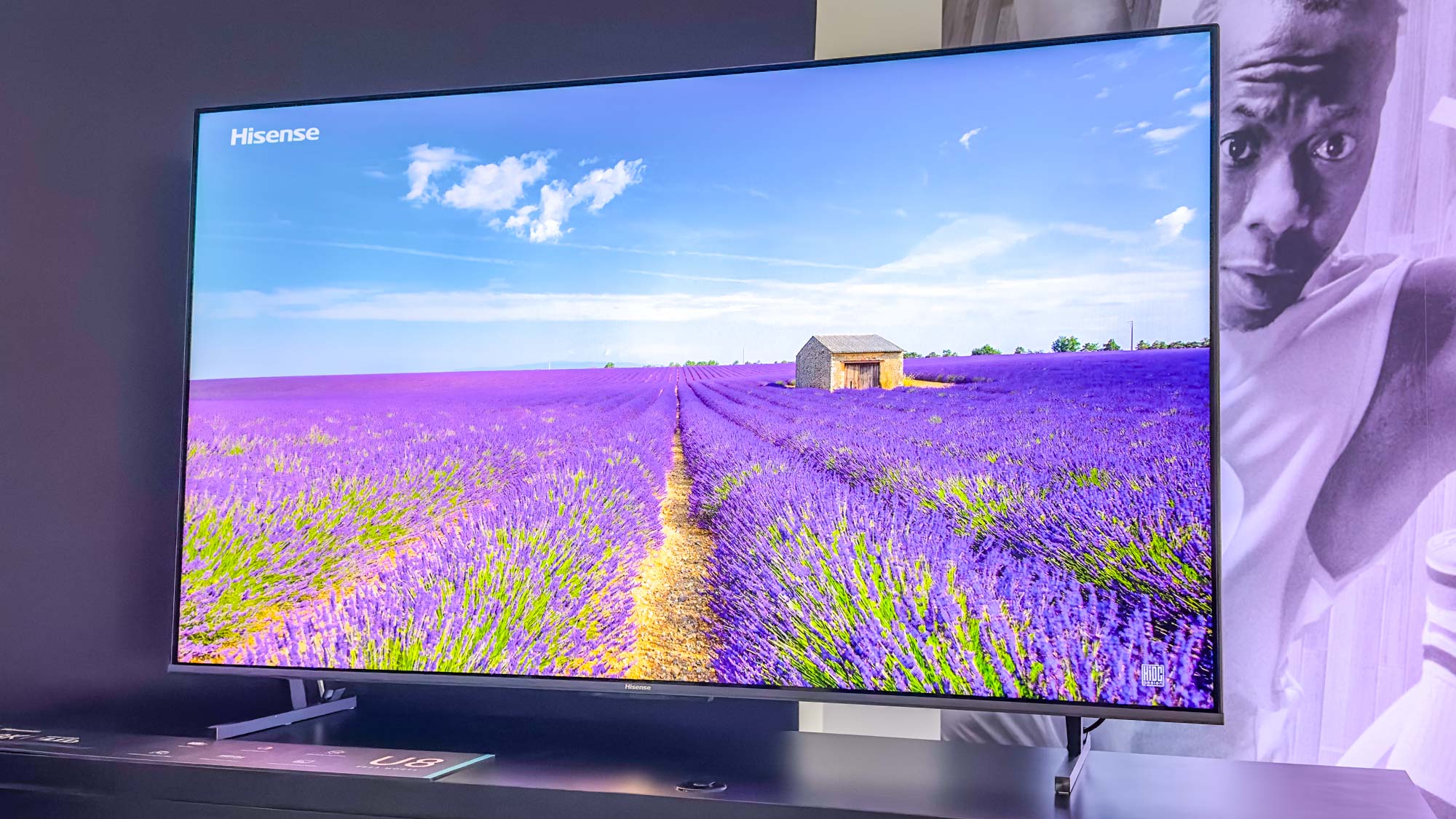
What are QD-OLED TVs then?
In recent years, quantum dot technology is starting to be used with another TV technology: OLED.
Contrary to popular belief, OLED technology has more to do with TV backlighting than you might think. In fact, in most OLED TVs, OLED technology is the backlight. OLED TVs do away with the traditional backlight, as OLEDs can individually glow when electricity is applied to them. That means that OLED TVs can control each individual pixel — turning pixels off as needed. Most OLED TVs use this technology for the backlighting — passing white light produced by OLEDs through color filters to create an image that has so-called “true blacks,” where the TV just turns off pixels in areas where there’s black in the image, to make for wider contrast.
But there are blue OLEDs too. See where I’m going with this? QD-OLED TVs, like the Samsung S95D, combine the individual pixel-level control of a blue OLED backlighting panel, with a layer of quantum dots that can produce vibrant colors and a higher level of brightness.
This is particularly helpful for OLED TVs because OLED TVs haven’t been able to get quite as bright as LED TVs due to limitations around the technology. But when you remove that pesky light-blocking color filter, and replace it with a vibrant quantum dot layer, you regain some of that brightness lost, while getting more vibrant colors.
Quantum dots have a bright future
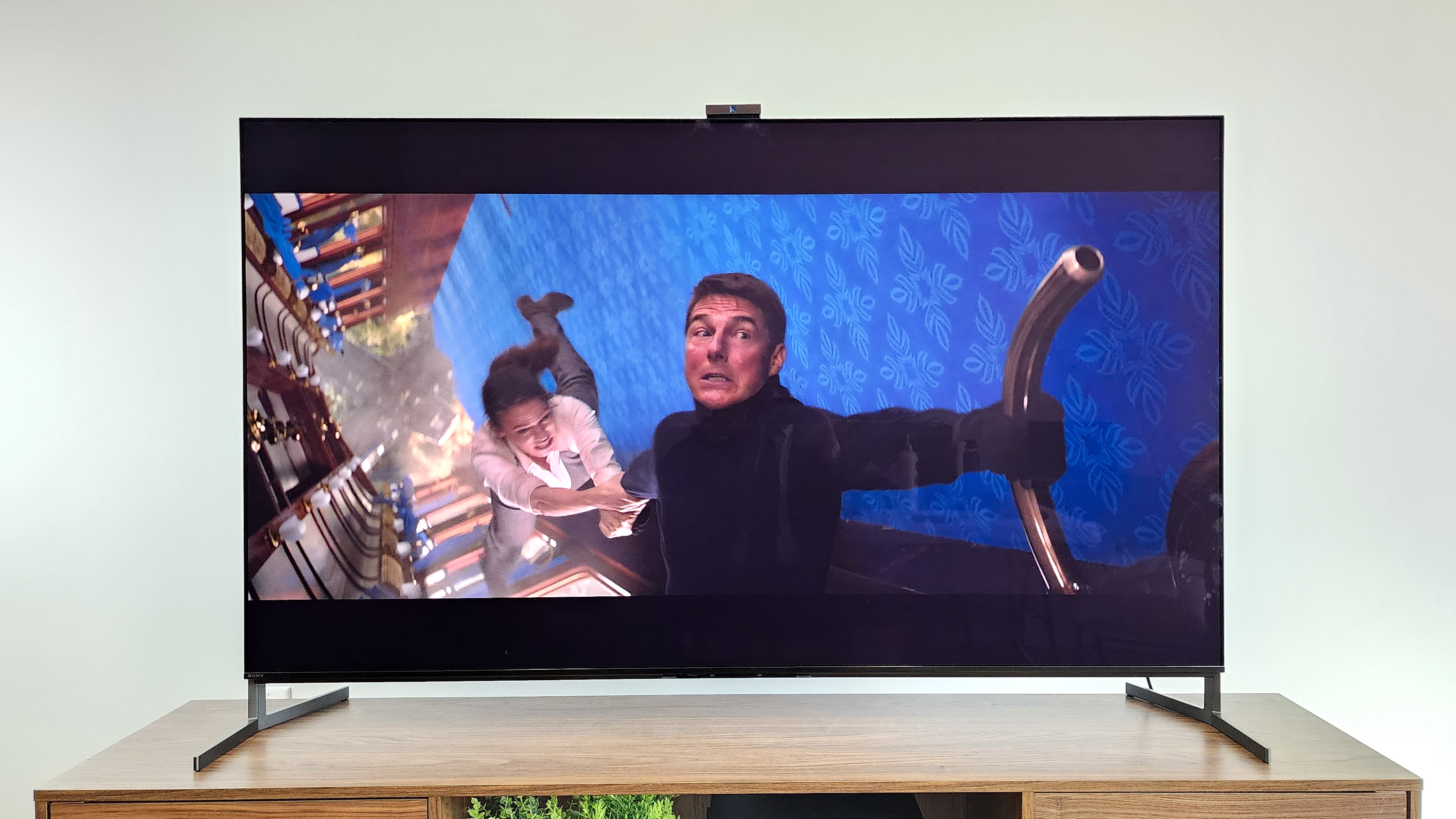
Unfortunately, both OLED and quantum dot technology isn’t cheap, and QD-OLED panels are pretty new — so for now, the main downside to QD-OLED tech is the price. But, that’s sure to change in coming years, so expect better TVs across all price ranges as that happens.
To that end, quantum dot technology isn’t going away any time soon. They make for a better approach to creating colors than traditional color filters ever did, and that means more vibrant, more natural images. When combined with the latest-and-greatest backlighting tech, like Mini-LED or OLED, quantum dots help make better TV images than ever before.







